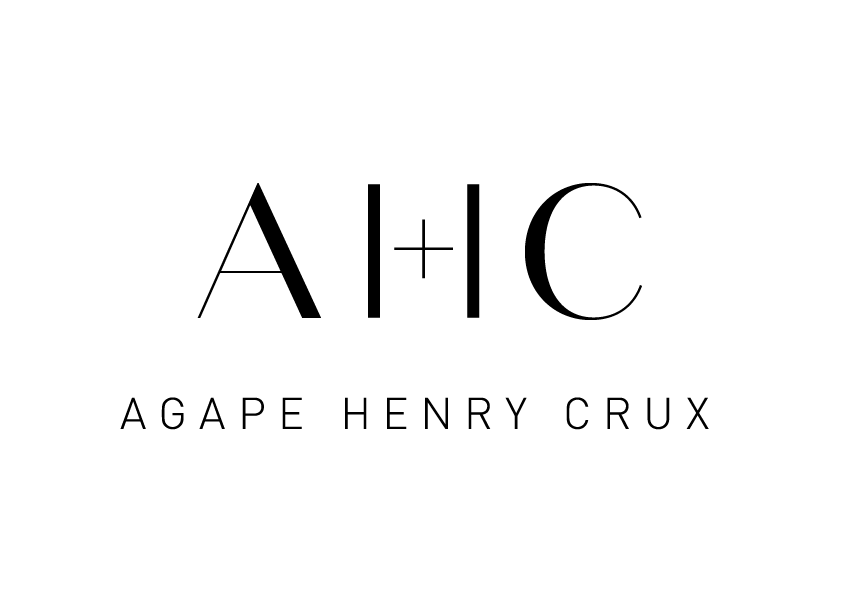Turnbull Caseload V Hawke Caseload: Which Team Are You for Access to PR?
Turnbull Caseload V Hawke Caseload: Which Team Are You for Access to PR?
For many immigrants, the process of attaining permanent residency (PR) in Australia is a long and difficult one. There are a number of hoops to jump through, and the conditions for eligibility can be stringent. In recent months, two high-profile cases have brought the issue of PR access to the forefront of public debate. On one side is Malcolm Turnbull, who has been criticized for making it too hard for people to become Australian citizens. On the other side is Bob Hawke, who is being praised for his efforts to make citizenship easier to obtain. So which team are you on? Access to PR should be granted based on individual merit, not political posturing. Let's take a closer look at both sides of this debate.
On 18 March 2022 many visa holders and immigration professionals alike rejoiced with the release of Migration (Specified persons and periods of time for regulation 5.19) Instrument (LIN 22/038) 2022. The new legislative instrument provides a pathway to Australian permanent residence for certain individuals who are nominated in occupations that are currently on the short-term list.
The instrument specifies permanent residence pathways through the Employer Nomination Scheme (subclass 186) visa under the Temporary Residence Transition Stream for various cohorts of individuals and from varying effective dates. Some cohorts can apply immediately from 18 March 2022 whilst others have to wait until the provisions come into effect on 1 July 2022.
The instrument has a sunset date of 1 April 2032 which currently gives a 10-year window to access the ‘concessions’ on offer. It is noted that the Department of Home Affair’s website states that the provisions are only available for two years. At this time, we are unsure whether Departmental policy makers will push for only a two year period of access however the instrument now specifies the sunset date. For the provisions to work in the way in which the Minister intended, the 10 year window should be implemented.
The ‘Turnbull Caseload’
When speaking of caseloads, the Turnbull caseload has been defined as those cases who were impacted by the original changes on 18 April 2017 when the subclass 457 visa program was abolished and the Subclass 482 implemented. Specifically, this caseload includes:
Individuals who, on 18 April 2017 held a subclass 457 visa;
Individuals who, on 18 April 2017 had a pending subclass 457 visa in the system that was subsequently granted.
The key benefits for individuals accessing this PR pathway under this caseload are:
Individuals can hold a subclass 482 visa in the short-term stream and still transition to PR
The individual can apply for PR whilst holding a Bridging Visa tied to a pending application for a subclass 482 visa
There is no specified list of occupations which arguably means that there are no caveats
There are age exemptions for ‘legacy 457 workers’ (no upper age limit) and ‘transitional 457 workers’ (before turning 50 years of age).
The ‘Hawke Caseload’
The Hawke caseload is divided into two separate cohorts of people as follows:
Individuals who have been in Australia for at least 12 months between 1 February 2020 and 14 December 2021; and
When applying for PR, are employed by an employer actively and lawfully trading in Australia OR
Those individuals who held a subclass 457 visa granted after 18 April 2017 (which was subsequently granted); and
Individuals who have been in Australia for at least 12 months between 1 February 2020 and 14 December 2021; and
When applying for PR, are employed by an employer actively and lawfully trading in Australia.
The key benefits for individuals accessing this PR pathway under this caseload are:
A PR application can be lodged for those in the short-term stream occupations list
Individuals do not need to currently hold a subclass 482 but can transition to a subclass 482 to access this pathway (providing they were in Australia at the requisite time)
The individual can apply for PR whilst holding a Bridging Visa tied to a pending application for a subclass 482 visa
There is no specified list of occupations which arguably means that there are no caveats (though most notably individuals would need to satisfy the caveats in order to secure the initial subclass 482 visa).
Whichever caseload individuals fall under, there is no doubt that these provisions are highly beneficial to effected individuals and employers and visa holders should look at transitioning their eligible workforce as soon as possible before the curtain goes down on this legislation.
How Can Agape Henry Crux Help You?
If you want to find out more about your visa or need advice on your Australian migration matter, please do not hesitate to contact us. You can book a Migration Planning Session with one of our immigration lawyers to seek professional advice by calling 02-7200 2700 or email us to book in a time at info@ahclawyers.com.
We speak fluent English, Korean, Mandarin, Cantonese, Indonesian, Burmese and Malay. If these aren’t your language, we can also help you arrange an interpreter.
This article/presentation (“publication”) does not deal extensively with important topics or changes in law and is not intended to be relied upon as a substitute for legal or other advice that may be relevant to the reader's specific circumstances. If you find this publication of interest and would like to know more or wish to obtain legal advice relevant to your circumstances please contact our office.
